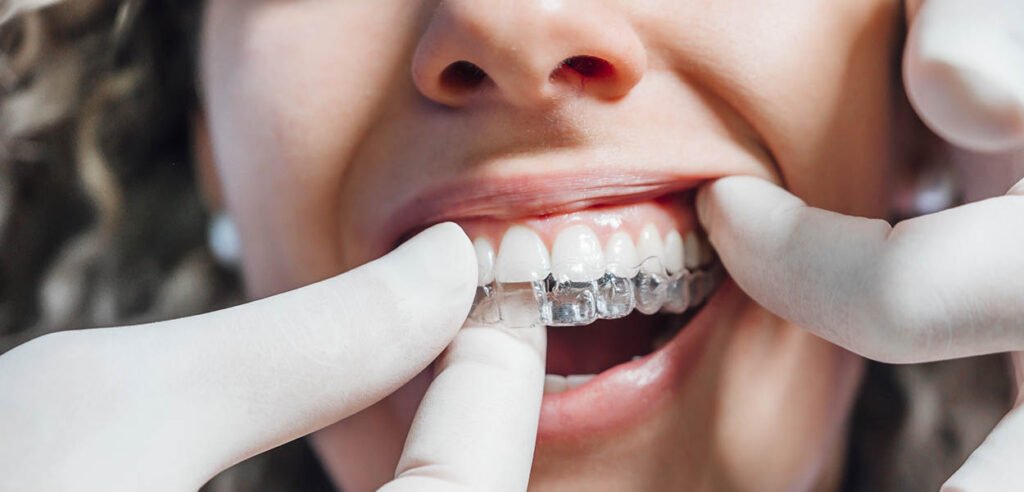Choosing Invisalign treatment abroad can be a smart decision for international patients seeking affordable, high-quality dental care with minimal disruption to their daily lives. But for medical tourists, proper preparation is key to ensuring a smooth, successful experience — especially when travel, time constraints, and follow-up care are all factors.
Whether you’re heading to South Korea, Thailand, Turkey, or another dental tourism hotspot, here’s your complete checklist to prepare for Invisalign as a medical tourist.
✅ 1. Research and Choose a Certified Invisalign Provider
Start by selecting a licensed, experienced Invisalign provider in your destination country. Look for:
- Clinics with Invisalign Platinum or Diamond provider status
- Verified patient reviews and testimonials
- English-speaking staff for smooth communication
- Clear before-and-after Invisalign results in their portfolio
🔍 Tip: Book an online consultation before traveling to confirm you’re a suitable candidate.
✅ 2. Review Your Dental History and Medical Records
Bring the following to your first appointment:
- Recent dental X-rays
- Dental health summary from your home dentist
- Any known allergies or medical conditions
Sharing this information ensures a safe and tailored treatment plan, especially if you have gum disease, crowns, or other dental work.
✅ 3. Plan Sufficient Time for Initial Treatment Setup
Invisalign treatment starts with a:
- Digital 3D scan (iTero or similar)
- Treatment simulation
- Aligner fitting
The first visit typically takes 1–3 days, including scan, consultation, and delivery of your first set of aligners. Be sure to schedule enough time in-country for this process.
✈️ Suggested stay: Minimum 5–7 days for scanning, aligner production (if done locally), and initial fitting.
✅ 4. Understand Your Full Treatment Timeline
Invisalign treatments typically last between 6–18 months, depending on your case. As a medical tourist, confirm:
- Whether you’ll receive all trays upfront
- If you’ll need to return for mid-treatment refinements
- Availability of virtual monitoring options (via mobile apps or email check-ins)
📱 Many modern clinics offer remote progress tracking, ideal for long-distance patients.
✅ 5. Clarify Costs and What’s Included
Invisalign abroad is often more affordable, but make sure your package includes:
- All aligner trays
- Scanning and simulation fees
- Follow-up support (virtual or in-person)
- Refinements, attachments, and retainers
Get a written treatment plan and cost breakdown to avoid surprises later.
✅ 6. Get Pre-Travel Dental Work Done at Home (if needed)
Before starting Invisalign, some patients may require:
- Dental cleanings
- Cavity fillings
- Wisdom tooth extractions
Ask your provider if these should be handled before arriving, especially if you’re on a tight schedule.
✅ 7. Pack Smart for Invisalign Travel
Bring:
- Invisalign case(s)
- Cleaning tablets or crystals
- Travel-size toothbrush, floss, and aligner remover
- Backup aligner set (if provided)
🧳 Tip: Pack all aligners in your carry-on luggage to avoid delays from lost baggage.
✅ 8. Learn the Do’s and Don’ts of Invisalign Care
Before leaving the clinic:
- Get instructions on aligner wear (20–22 hrs/day)
- Learn how to clean and store your trays
- Ask about what foods or drinks to avoid
- Know what to do if your tray cracks or gets lost
📖 Request a printed care guide in English for easy reference.
✅ 9. Stay Connected with Your Provider After Returning Home
Ensure you can:
- Upload progress photos monthly
- Ask questions via email or WhatsApp
- Request refinements or replacements if needed
Some clinics offer retainers or refinements shipped internationally, so confirm their post-treatment support.
✅ 10. Plan for Retainers and Final Follow-Up
After Invisalign, you’ll need retainers to maintain your results. Some options include:
- Clear plastic retainers (Vivera)
- Fixed wire retainers (if returning to the clinic later)
📅 Discuss whether retainers can be mailed to your home country or if you need to return in person.
Final Thoughts
Invisalign offers medical tourists the best of both worlds — a discreet, comfortable way to straighten teeth and the chance to explore world-class dental destinations at a lower cost. But preparation is key.
With this checklist, you can feel confident and informed every step of the way — from your first scan to your final smile.




